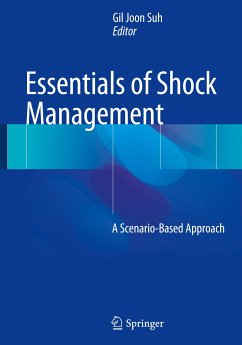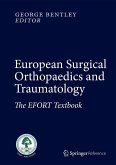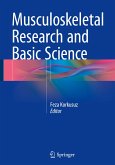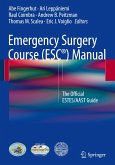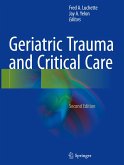This book is designed to offer the reader first-rate guidance on shock management in the real world. Comprehensive, evidence-based, and up-to-date instruction is provided on optimal care of patients with different types of shock - septic, hemorrhagic, cardiogenic, anaphylactic, and obstructive - at all stages from initial response through to ICU admission. As well as management, the coverage encompasses pathophysiology, clinical presentation, diagnosis, and emerging trends. A further key feature is the use of a scenario-based approach to present a series of cases based on real-life experiences. Here, a narrative style and Q&A form are employed to vividly convey scenarios that may be encountered in clinical practice and to elucidate decision making in complex circumstances. When readers experience difficulty in answering the questions, the earlier sections can be consulted to identify the correct response. This book will be of great value for all health care professionals. In particular, it will be very helpful for novice or inexperienced practitioners in emergency medicine, critical care medicine, and traumatology.
"This book is a good ... introduction to shock for a medical student or early resident trainee. The vignettes are a particularly useful contribution to the existing literature to facilitate teaching and could be easily integrated into problem-based learning curricula for trainees." (Dorothee A. Mueller, Anesthesia & Analgesia, Vol. 129 (1), July, 2019)

